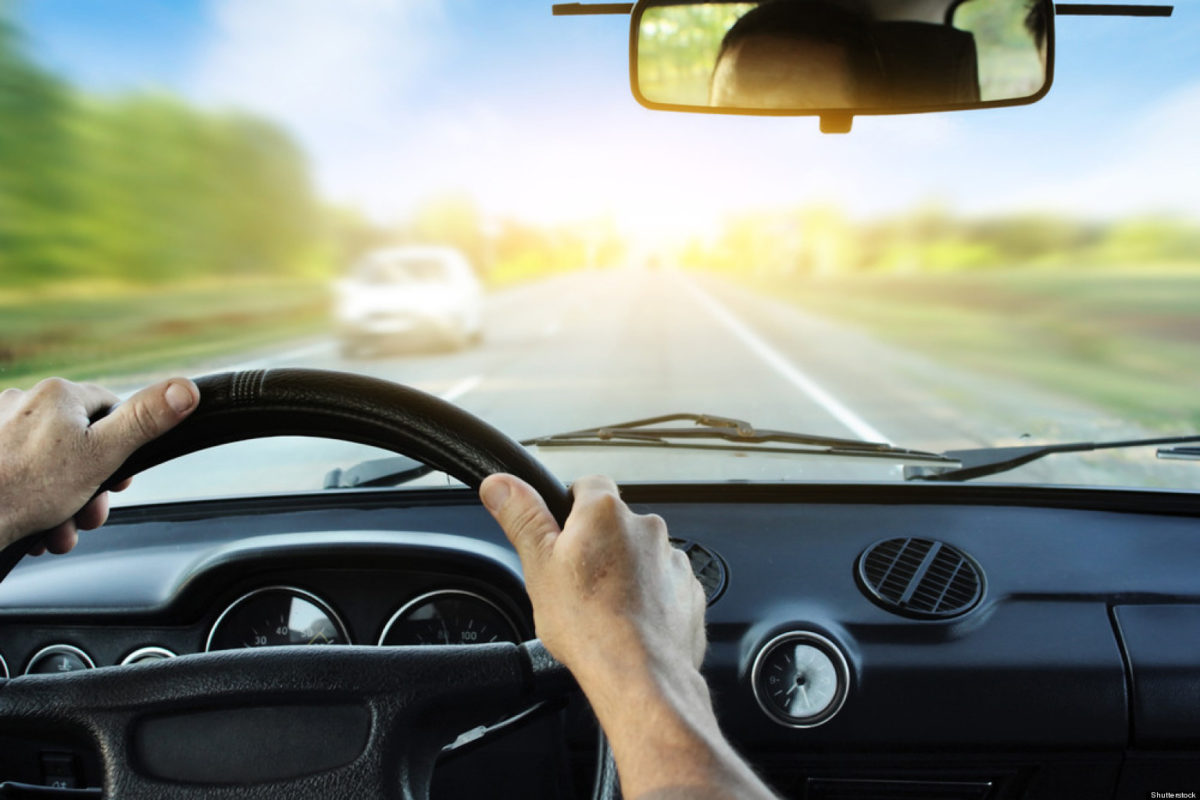Driving and your eyes

Driving and your eyes
Driving requires your full concentration. You need to be able to see clearly what’s coming up, while also processing threats from the side, and scanning your mirrors. It is important to have good visual acuity, so you can see sharply in the distance, and good visual fields, a phrase describing your ‘all round’ or peripheral vision.
If you have concerns about your sight, or simply haven’t had an eye test in the last two years, visit your local optician. An eye test can help you drive more safely, protecting both yourself and others.
According to the DVLA, “You must be able to read (with glasses or contact lenses, if necessary) a car number plate made after 1 September 2001 from 20 metres.” If you are at the opticians, the DVLA say this is equivalent to meeting, “the minimum eyesight standard for driving by having a visual acuity of at least decimal 0.5 (6/12) measured on the Snellen* scale (with glasses or contact lenses, if necessary) using both eyes together or, if you have sight in one eye only, in that eye.”
*Snellen charts are used by opticians to assess if your visual acuity is within the standards for driving.
You must also have an adequate field of vision – your optician can explain about this and do a test to check your field of vision.
If you have concerns about your sight, or simply haven’t had an eye test in the last two years, visit your local optician. An eye test can help you drive more safely, protecting both yourself and others.
According to the DVLA, “You must wear glasses or contact lenses every time you drive if you need them to meet the ‘standards of vision for driving’”. Ask your optician if you are unsure whether you need your specs to help you meet the standard.
Once you reach the age of 70 you must reapply for your driving license, and do this every three years. You’ll be asked if you meet the standards for vision. If you are unsure, or have not had an eye test in the last couple of years, ask your local optician to make you an appointment.
You must tell DVLA if you’ve got any problem with your eyesight that affects both of your eyes, or the remaining eye if you only have one eye. Some conditions can affect the peripheral vision
This doesn’t include being short or long sighted or colour blind. You also don’t need to say if you’ve had surgery to correct short sightedness and can meet the eyesight standards. Check if you need to tell DVLA about your eyesight problem by searching the A to Z of medical conditions that could affect your driving.
If night driving is becoming difficult, the first thing to do is to book an eye test. As we get older many people develop cataract and this can contribute to glare at night. An eye test can help rule out if this is a problem. If your eye health is fine, speak to a registered dispensing optician for advice on the best lenses to help combat glare. Beware of just buying tinted glasses off the shelf.
If you already wear, or need, prescription glasses make sure you ask your optician about anti-reflection coatings.






